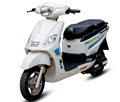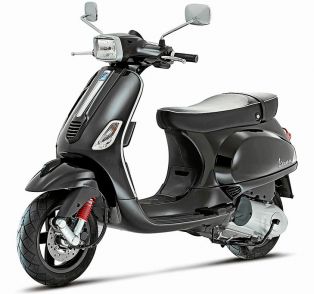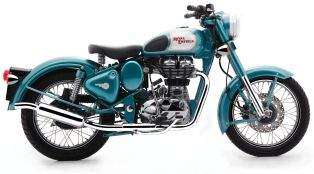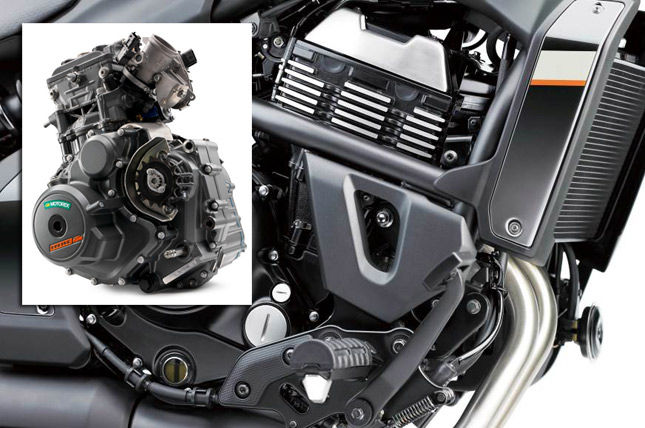 We have talked about engines a lot. We have seen how they function, what are their different characteristics and some other things as well. So today we are going to talk about the purpose of different kinds of cylinders. The most common form of cylinder arrangement is the single cylinder and the twin/parallel twin engine, so we are going to talk about what they are and why they are.
We have talked about engines a lot. We have seen how they function, what are their different characteristics and some other things as well. So today we are going to talk about the purpose of different kinds of cylinders. The most common form of cylinder arrangement is the single cylinder and the twin/parallel twin engine, so we are going to talk about what they are and why they are.Something smooth:
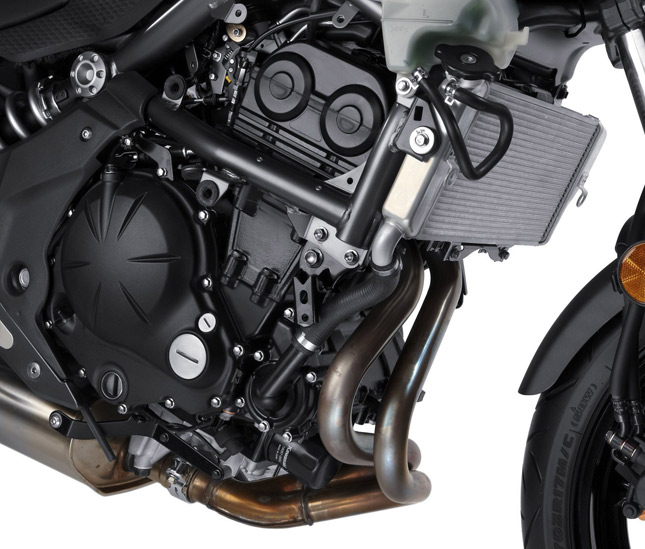 Single cylinder engines are known as Thumpers because of the sound that they make when their piston goes up and down. The motion of the piston produces torque and ultimately power but along with these two, it also produces vibrations. These vibrations are known as primary forces and they usually occur at higher RPM. These forces are inherently unbalanced, thus to counter them manufacturers mainly use counterweights, rubber mounts and in some cases an additional cylinder.
Single cylinder engines are known as Thumpers because of the sound that they make when their piston goes up and down. The motion of the piston produces torque and ultimately power but along with these two, it also produces vibrations. These vibrations are known as primary forces and they usually occur at higher RPM. These forces are inherently unbalanced, thus to counter them manufacturers mainly use counterweights, rubber mounts and in some cases an additional cylinder.The counterweight is additional weight located at the opposite end of Con Rod from the piston. It balances out the unbalanced forces and makes the ride smooth. Such an engine is known as a “Counterbalanced” engine.
RELATED ARTICLE: How To Remove Vibrations From Royal Enfield
Rubber mounts is a relatively easy method, in which the attachment point between the engine case and the motorcycle frame are covered with rubber. So when the engine vibrates, the rubber soaks a good chunk of vibrations within it. For long-lasting applications, Rubber is made up of a durable polymer which can last long. It is not as effective as “counterbalancing”, but if cost saving is your primary agenda against primary vibrations, then this is your best shot.
RELATED ARTICLE: Difference Between Inline Twin & Parallel Twin Cylinder Motorcycle Engines
The third option is adding another cylinder and making the engine a lot smoother. With an additional cylinder to move side by side to the original one, a lot of vibrations gets removed. Now with an additional cylinder, the riding characteristics of a bike also change. Not only there is a difference between a single cylinder and a twin cylinder bike but there is also quite a difference between a twin with 180 degrees, 270 degrees and 360 degrees, crank rotation.
Something familiar:
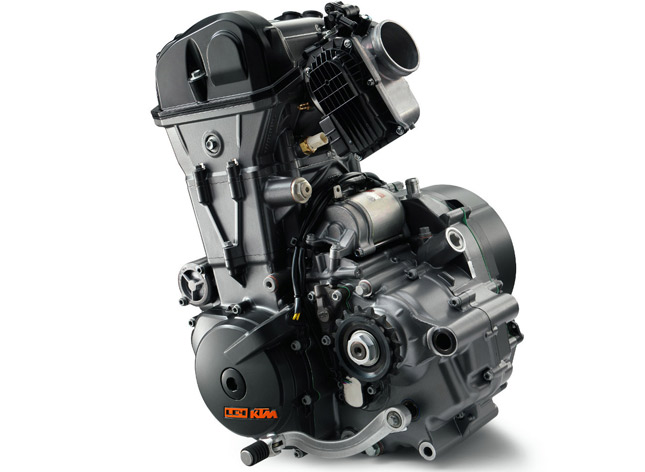 Single cylinder engines have a very linear power delivery, you can predict almost all the time when your bike is going to go fast and exactly how fast. There is almost never a bump in the bike’s power band which can spin your rear tyre out of control. Same is true in the case of twin cylinder engines. They have different crank rotations but still, they offer a very safe and easy power delivery.
Single cylinder engines have a very linear power delivery, you can predict almost all the time when your bike is going to go fast and exactly how fast. There is almost never a bump in the bike’s power band which can spin your rear tyre out of control. Same is true in the case of twin cylinder engines. They have different crank rotations but still, they offer a very safe and easy power delivery. A twin cylinder engine with a 180-degree crank will have a high revving motor. Both pistons are cancelling each other’s vibrations out so it becomes easy for them to keep revving higher and higher. Manufacturers like Kawasaki go one step further and even add counterbalancers to their parallel twin, to make the ride extra smooth.
A 270-degree crank will have some other characteristics. In such a case, the exhaust sound produced mimics that of a V-twin engine. Although such a rotation produces vibrations because the pistons are not moving one at a time but rather ¾ at a time. Triumph Bonneville series uses the same 270-degree crank in their rotation and incorporate a balance shaft within their engine to curb primary vibrations. Yamaha Super Tenere also uses 270-degree crank rotation. In that bike, the aluminum swingarm keeps the un-sprung mass in check while the 270-degree firing order allows enough time for the tyre to grip the road surface with each revolution.
Recently an article published in “Cycle World” magazine which described why single and twin cylinder bikes are much more preferred over 3 or 4 cylinder engines, off-road. Kevin Camron said that dirt riders, in the past, used to change the pistons firing order on their twin cylinder bikes from 360 to 720 degrees (320 X 2) so the engine can function like a single cylinder.
The Author says that a single cylinder has power characteristics which are much more suited for the dirt and in earlier days people used to make their twin cylinders fire at a single time in order to mimic a single cylinder thumper. On dirt, the initial low down torque is desirable and even 40 km/h feels like 80 km/h. So naturally, a single big cylinder engine, which can produce more torque but less horsepower instead of a twin cylinder engine which produces more power and less torque, is preferred.
RELATED ARTICLE: Difference Between Power And Torque Explained + [Video]
The torque and power delivery is also something in single and twin cylinder engines which is a function of size. A 300 cc parallel twin will have 2 150 cc cylinders and consequently 2 small pistons. These pistons will no doubt, rev higher, but initially, they will have to work more to make the bike move. A single cylinder 300 cc engine will have a big piston as a result, it will not rev higher but with each stroke will produce more torque.
Imagine it this way, a single step taken by an elephant towing a bus is equivalent to many steps taken by a small group of people towing the same bus.
Our generation will be the last one to know the nuances of the Internal Combustion (IC) engine as the future is the place where the tech and automobile will fuse and create something much more advanced. Still, we shouldn’t feel bad about it but rather celebrate it, as we will witness the end of one era and the dawning of a new one as well.
By: Yetnesh Dubey





